When people think of Japan’s most iconic alcoholic beverage, sake is usually the first thing that comes to mind. However, in recent years, Japanese wine has been gaining more and more attention, with its quality starting to earn recognition worldwide.
Surprisingly, the history of Japanese wine dates back about 150 years. Cultivated through Japan’s unique climate and the refined taste preferences of the Japanese people, these wines pair exceptionally well with Japanese cuisine. In recent years, exports have increased—especially to Asian markets such as China, Taiwan, and Hong Kong—giving Japanese wine an even stronger presence on the global stage.
This article is supervised by Takashi Kokubo, the author of the best-selling book "Zukai Wine 1-Nensei" (Sanctuary Publishing), and takes a deep dive into the fascinating world of Japanese wine—from its history to recommended wineries you’ll want to visit on your travels.
📖 Purchase the book "Zukai Wine 1-Nensei" (via Seven Net Shopping)
*By purchasing or reserving products introduced in this article, a portion of the sales may be returned to FUN! JAPAN.
*Drinking under the legal age is prohibited.
What is "Japanese Wine"?
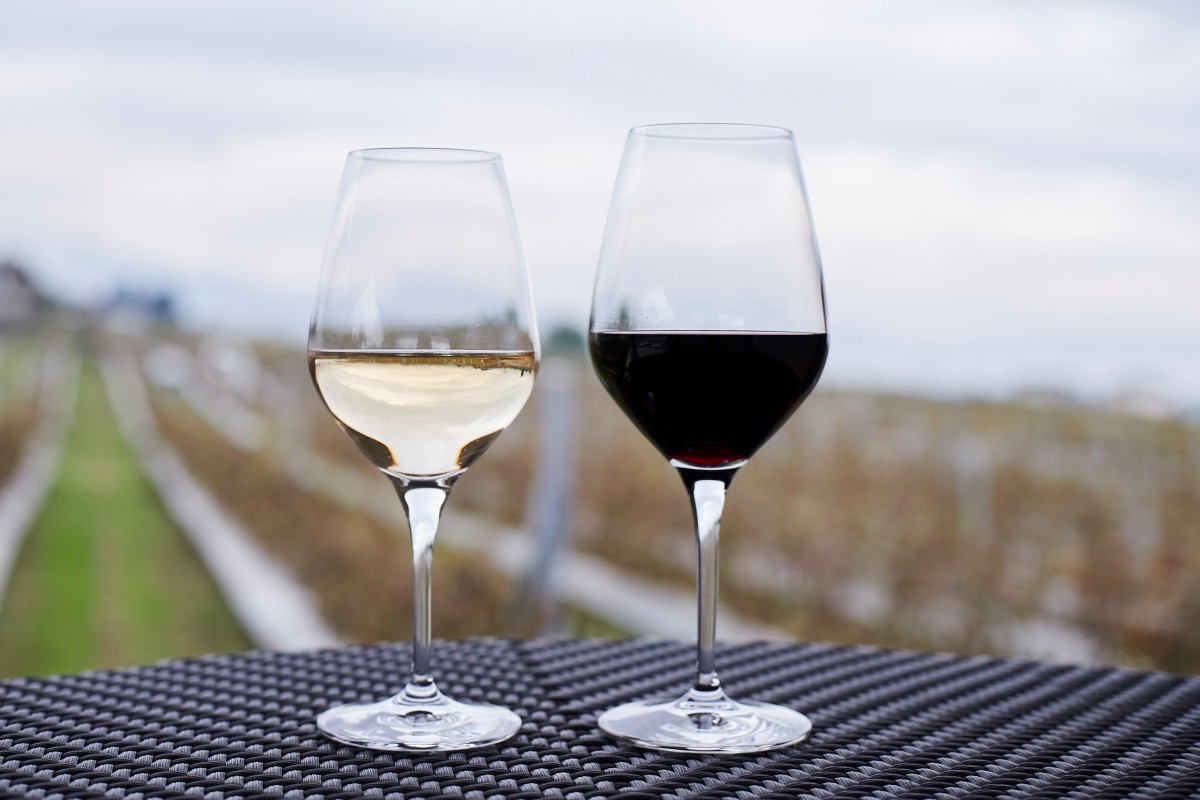
There are two main categories of wine produced in Japan. One is made entirely from domestically grown grapes and produced entirely within the country. This is what is officially called "Japanese Wine" and is labeled as such.
The other type uses imported concentrated grape juice or is blended with imported wines. These are labeled as "wine using imported ingredients" and cannot be labeled as "Japanese Wine."
In other words, wines labeled "Japanese Wine" are 100% domestically made, from grape cultivation to winemaking, all within Japan.
Check the Label to Know If It’s Japanese Wine
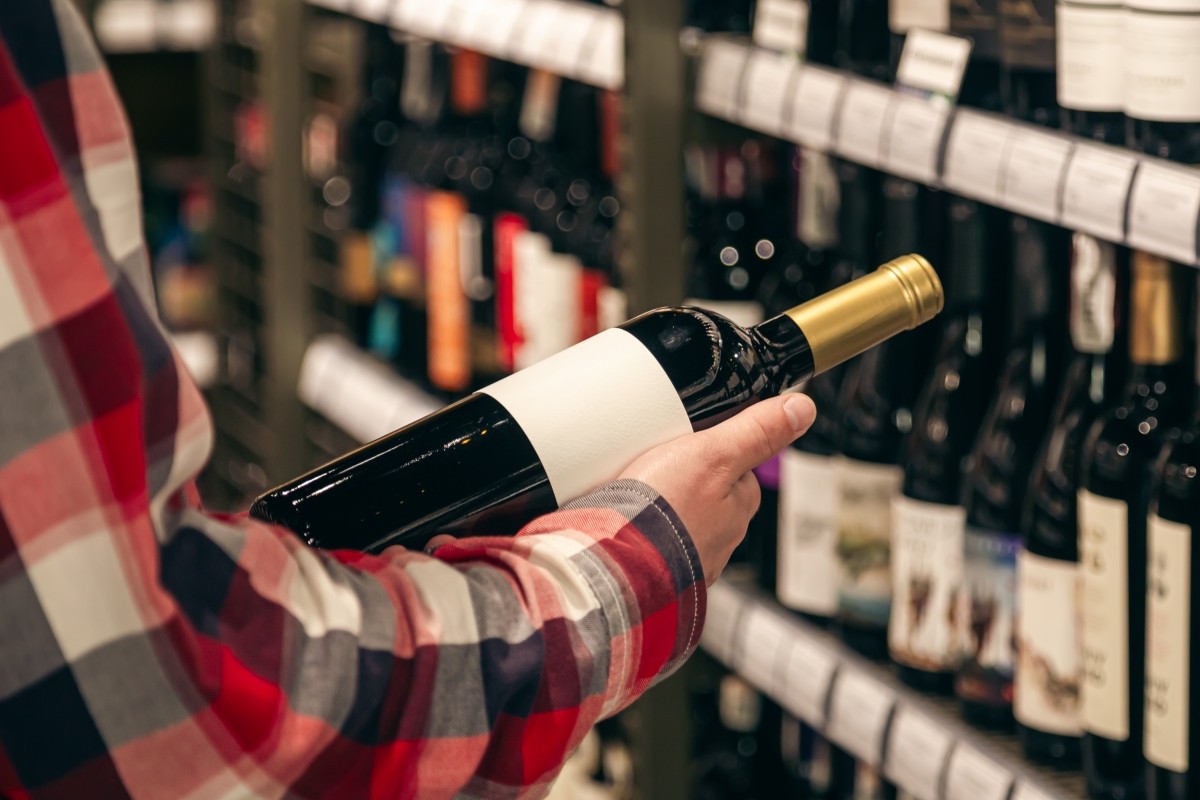
Wines officially recognized as Japanese Wine will always state this on the back label. Furthermore, only wines that meet specific, strict criteria are allowed to display certain information on the label. Thanks to this, consumers can clearly understand where, how, and when the wine was made.
① Place Name: Only the grape harvesting area or the production site can be indicated. If showing the harvesting area, at least 85% of the grapes used must be from within the area specified by the place name.
② Grape Variety: The name of the grape variety can be shown only if it makes up 85% or more of the wine. If listing three or more grape varieties, the percentages of each must be stated and total at least 85%.
③ Harvest Year: The vintage year may be listed only if 85% or more of the grapes used were harvested in that year.
A History of 150 Years! The Journey of Japanese Wine
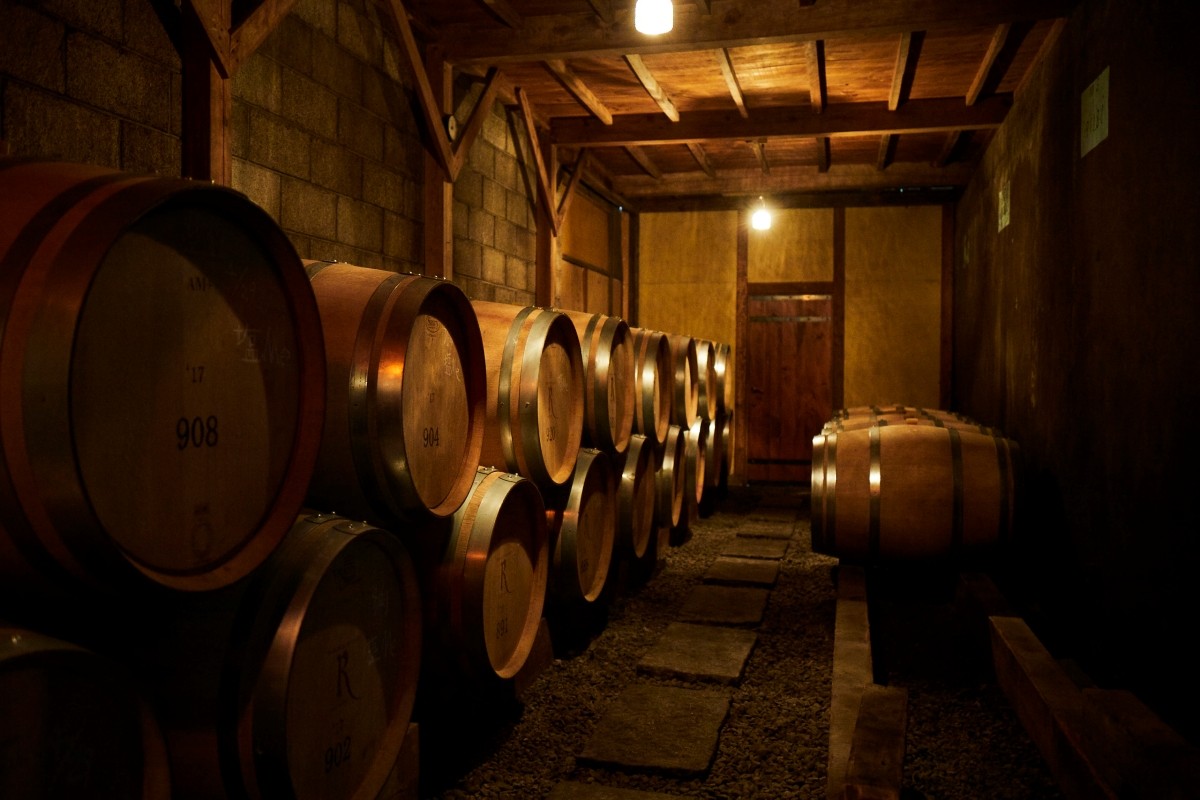
The history of Japanese wine began in the early Meiji era, during Japan’s rapid modernization led by the government. As Western culture was being actively adopted, winemaking also attracted attention as one of these new influences.
Japan’s first private wine production company, "Dainihon Yamanashi Budoshu Company," was established in 1877. It was located in Iwakamura, which is now Katsunuma in Koshu City, Yamanashi Prefecture. This historical background is the reason why Yamanashi is the first name that comes to mind when people talk about Japanese wine.
Then, in 1879, Japan’s first authentic domestically produced wine was born. The grape used was "Koshu," a grape variety native to Japan. This marked the true beginning of Japanese winemaking, and over the next 150 years, the skills and quality have been passed down and steadily improved. Although production initially centered in Yamanashi, today a wide variety of unique wines are made all across Japan, from Hokkaido to Kyushu.
What Makes Japanese Wine Special Compared to Japanese Sake?

Japanese wine is often compared to sake. So what similarities and differences do they have?
Both Are "Brewing Alcohol"
From a global perspective, wine has a much longer history than sake, with its origins going back thousands of years BC. One reason for this is that grapes naturally contain sugar and yeast, so they can ferment without adding water—making wine relatively simple to produce.
Wine Has a Longer History
From a global perspective, the history of wine is much longer than that of Japan sake, with its origins dating back to thousands of BC. The reason for this is that the grapes themselves contain sugar and yeast, and fermentation begins naturally without adding water, making them very simple.
Wine Reflects the Land, Sake Reflects Philosophy
Sake often reflects the skills and philosophies of its maker, known as a "toji." It tends to express the flavor that a particular brewery or toji wants to create. In contrast, wine emphasizes expressing the "terroir"—the climate, soil, landscape, and culture of the land where it’s made.
Wine Is Lower in Calories
If you're health-conscious, you may wonder about calories and sugar content. Generally, wine has slightly fewer calories than sake and about half the sugar. That’s because in wine, most of the grape’s sugar is converted into alcohol, while in sake, some of the starch from the rice is converted into sugar, which remains in the final product.
White Grape Varieties Grown in Japan
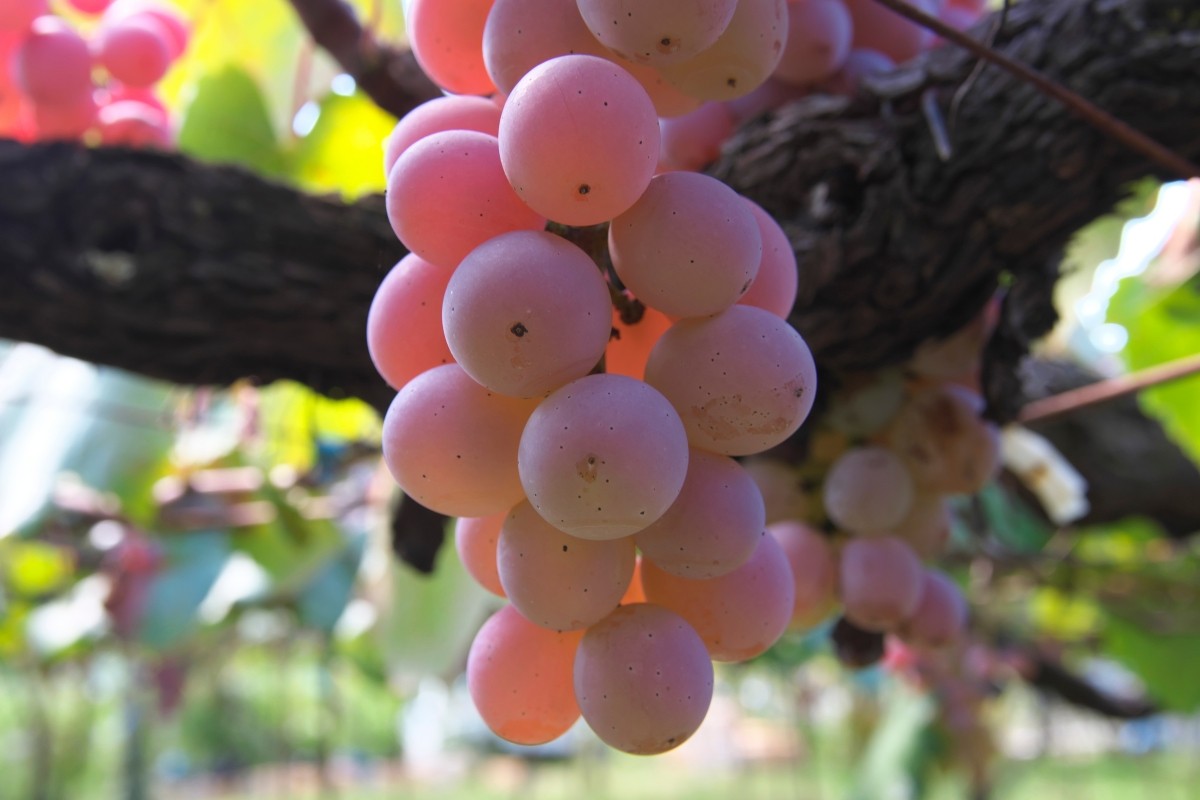
Here are some of the main grape varieties grown in Japan for white wine.
Koshu (Yamanashi)
"Koshu" is a grape variety native to Japan with a history of around 1,300 years. It’s mainly grown in Yamanashi Prefecture. Wines made from Koshu are known for their refreshing citrus aroma, a slight bitterness reminiscent of Japanese citrus fruits, and gentle acidity. They pair especially well with Japanese cuisine.
【Yahoo! Shopping】Purchase Japanese wine made from Koshu 🍇
Niagara (Nagano)
"Niagara" is mainly grown in Nagano Prefecture and is a table grape originally from the United States. Wines made from Niagara have a rich muscat and aromatic floral scent, with a sweet, fruity flavor that spreads across the palate.
【Yahoo! Shopping】Purchase Japanese wine made from Niagara 🍇
Delaware (Yamagata)
The small, sweet grape "Delaware" is mainly grown in Yamagata Prefecture and is better known as a table grape than for wine. Wines made from Delaware are easy to drink, offering a gentle sweetness and soft acidity, making them popular as casual, approachable wines.
【Yahoo! Shopping】Purchase Japanese wine made from Delaware 🍇
Albariño (Niigata)
Originally from Spain, Albariño is now being cultivated in cooler regions of Japan such as Niigata. It’s known for its citrus and white floral aromas, with hints of saltiness and minerality—making it a great match for seafood dishes. As a variety that expresses the terroir of Niigata, which is rich in seafood from the Sea of Japan, its future in Japanese winemaking looks promising.
【Yahoo! Shopping】Purchase Japanese wine made from Albariño 🍇
Red Grape Varieties Grown in Japan
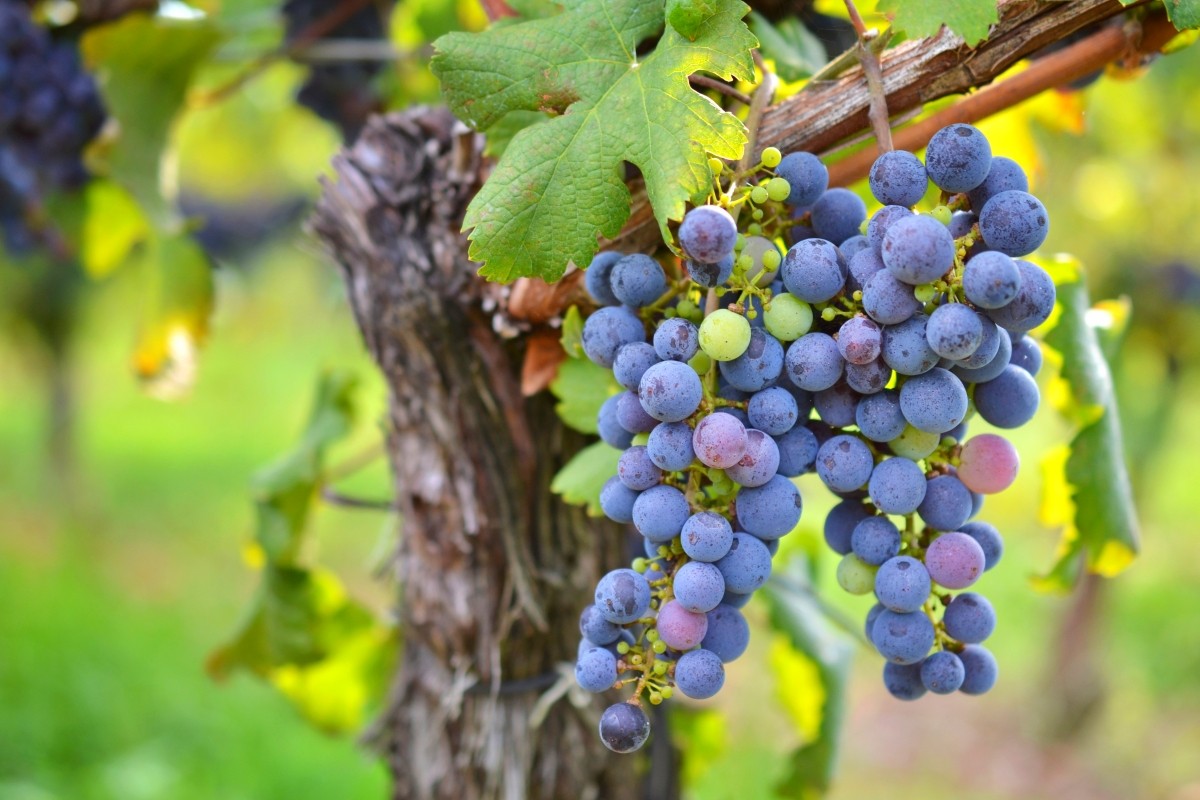
Here are some of the main grape varieties that produce uniquely flavored red wines in Japan.
Muscat Bailey A (Yamanashi)
A grape variety native to Japan and well-suited to the Japanese climate, "Muscat Bailey A" is mainly grown in Yamanashi Prefecture. Wines made from it have charming aromas of strawberries and raspberries, along with sweet, candy-like notes. With mild tannins, it's an excellent match for dishes seasoned with soy sauce or miso.
【Yahoo! Shopping】Purchase Japanese wine made from Muscat Bailey A 🍇
Merlot (Nagano)
A globally beloved premium grape variety, Merlot is mainly cultivated in Nagano Prefecture in Japan. Thanks to the local terroir, Japanese Merlot combines boldness with elegance and delicacy. It pairs well with rich-flavored dishes, including meat-based meals.
【Yahoo! Shopping】Purchase Japanese wine made from Merlot 🍇
Campbell Early (Iwate)
"Campbell Early" is a table grape variety originally from the United States, now grown in places like Iwate Prefecture and used for winemaking. The wine has a sweet aroma reminiscent of strawberry jam, with a subtle bitterness that adds character. It's also great when served slightly chilled.
【Yahoo! Shopping】Purchase Japanese wine made from Campbell Early 🍇
Pinot Noir (Hokkaido)
Though best known as a classic variety from Burgundy, France, Pinot Noir is now actively cultivated in Hokkaido. It’s known for its delicate and complex aroma, fine tannins, and elegant acidity that balances the overall flavor. It pairs beautifully with dishes that highlight the natural flavors of ingredients.
【Yahoo! Shopping】Purchase Japanese wine made from Pinot Noir 🍇
Recommended Pairings of Japanese Cuisine and Japanese Wine
Japanese wine is known for its delicate flavors, making it an excellent match for washoku (Japanese cuisine), much like sake. Here are some popular washoku dishes among international travelers, along with Japanese wines that pair perfectly with them.
Shabu-shabu
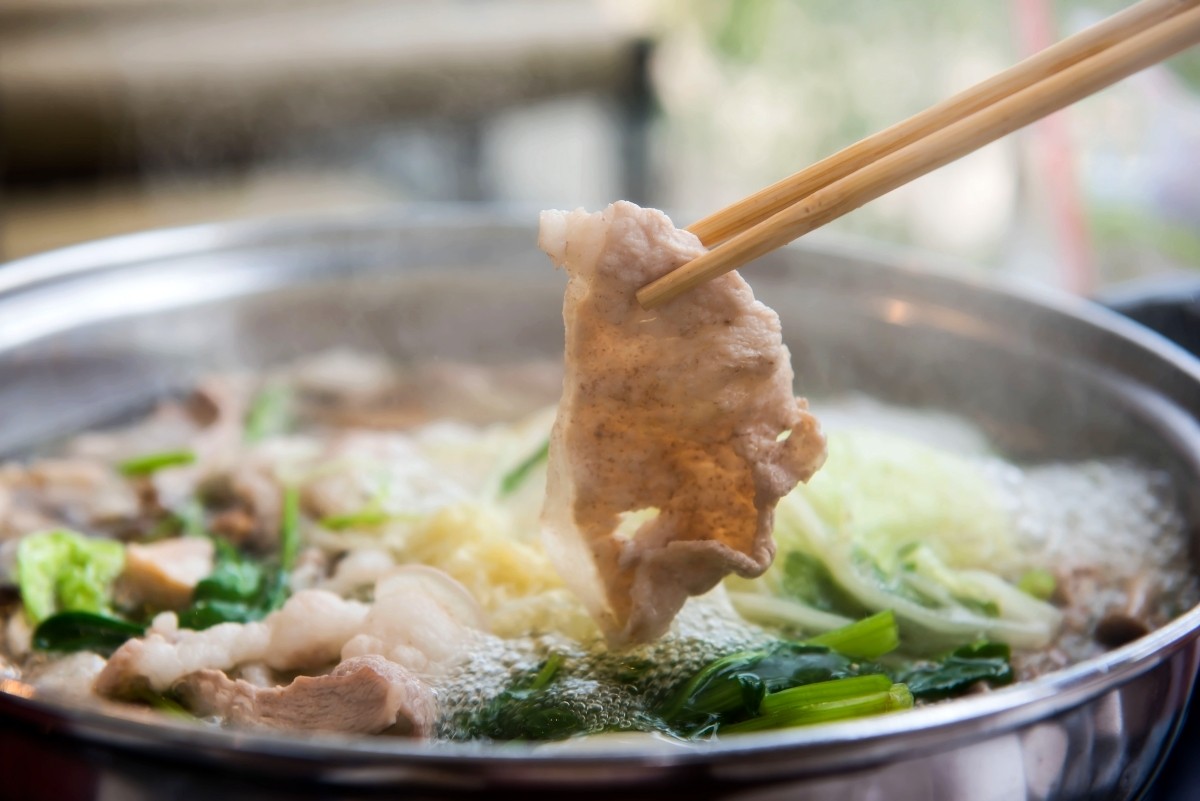
Shabu-shabu, where thinly sliced meat is lightly dipped in boiling water and eaten with dipping sauces, pairs best with different wines depending on the sauce.
For ponzu soy sauce, we recommend Campbell Early. The citrusy tang of the ponzu and the fruity notes of the wine complement each other beautifully.
For sesame sauce, a slightly rich Merlot is ideal. The gentle tannins and concentrated fruit flavors of Merlot go well with the deep, savory taste of sesame sauce.
【Related Article】5 Recommended Shabu-Shabu & Sukiyaki Specialty Stores in Tokyo
Yakitori
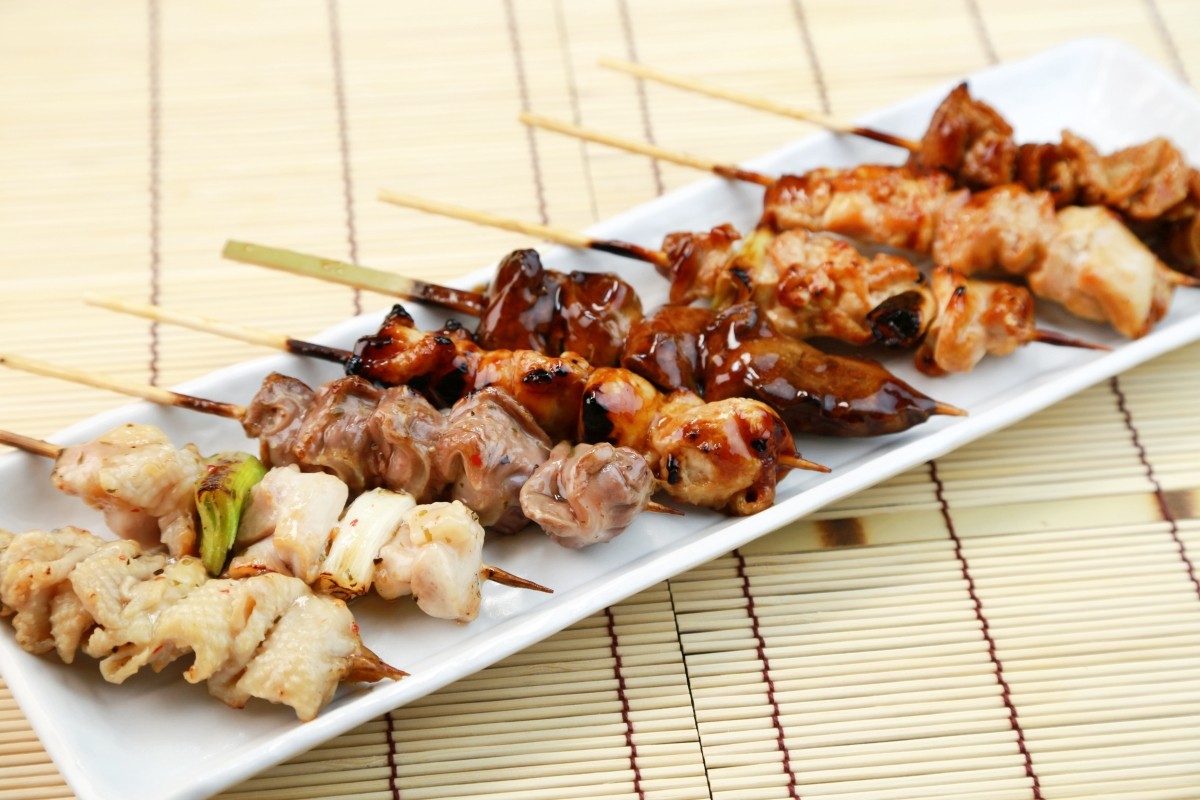
For salt-flavored yakitori, Delaware is a great choice! The gentle sweetness and acidity of Delaware enhance the flavor of the ingredients, offering a light and refreshing experience.
For sauce-flavored yakitori, Muscat Bailey A is the perfect match. The sweet and savory sauce pairs exquisitely with the wine’s fruity notes.
Sushi
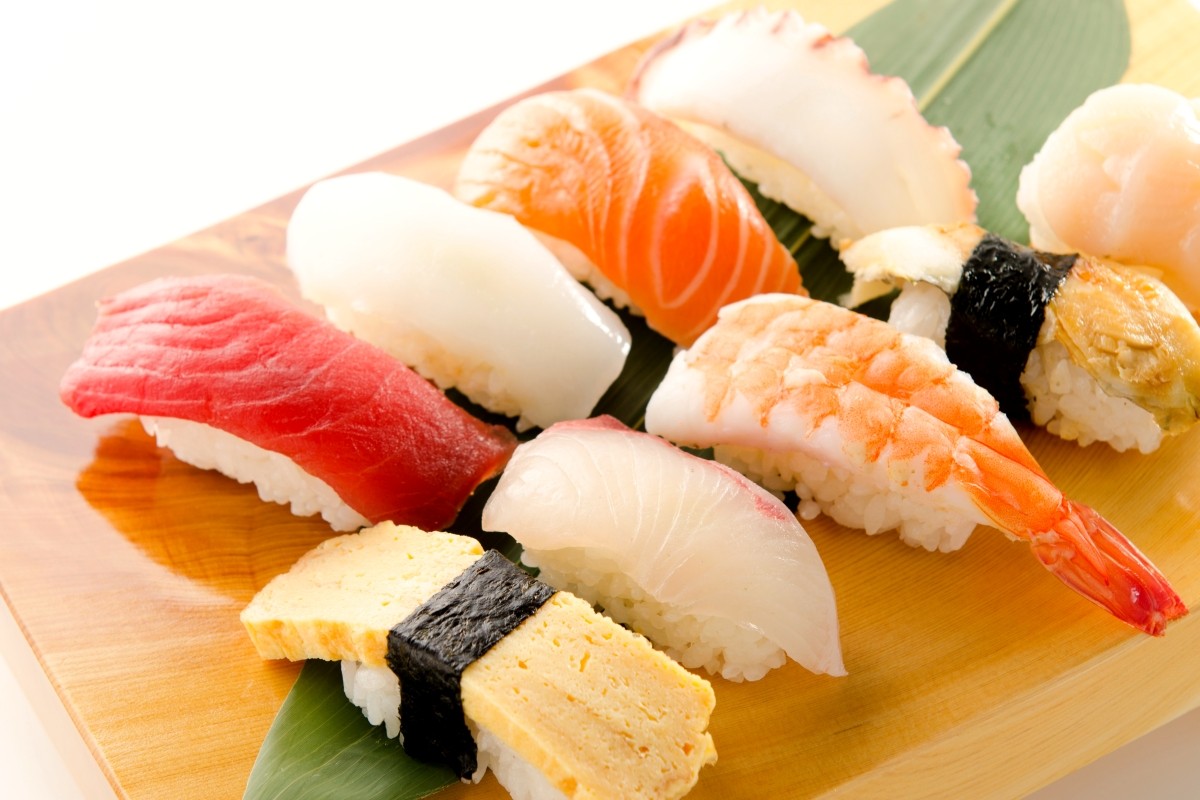
When it comes to sushi, the native Japanese grape Koshu is the ultimate partner! Koshu’s mild acidity, hints of Japanese citrus, and minerality cleanse the palate of fish oils and enhance the harmony between the sushi topping and rice.
Crab Dishes

For crab dishes, Albariño—originally from Spain and now cultivated in parts of Japan—is highly recommended. Its bright acidity, minerality, and citrus aroma bring out the sweetness and delicate flavors of the crab.
【Related Article】 The King of Japan's Winter Gourmet Food! 6 popular crabs
Visit a Japanese Winery on Your Trip
If you want to experience the charm of Japanese wine more deeply, visiting a winery during your travels is the best way to do it!
Wineries across Japan are often located in areas surrounded by beautiful nature or near historical sightseeing spots. Besides tasting the wines, you can enjoy local scenery, culture, and food pairings unique to each region, making them great travel destinations.
Many wineries offer tastings and the option to purchase wines. Some even provide international shipping services, so you can send your favorite wine home as a memorable souvenir or a gift for friends and family abroad.
🚅Book your Shinkansen ticket with NAVITIME Travel! 👉 Click here
Recommended Wine Regions and Wineries
One of the great appeals of Japanese wine is the unique flavor profile shaped by each region’s natural environment. Here, we introduce some of the most notable wine-producing areas in Japan and the representative wineries in those regions. Before visiting a winery, be sure to check their official website for the latest information.
Yamanashi Prefecture
Known as the birthplace of Japanese wine, Yamanashi is the country’s largest wine-producing region, accounting for over 30% of total production. Indigenous varieties like Koshu and Muscat Bailey A are widely cultivated here.
Kurambon Wine (Katsunuma, Koshu City)
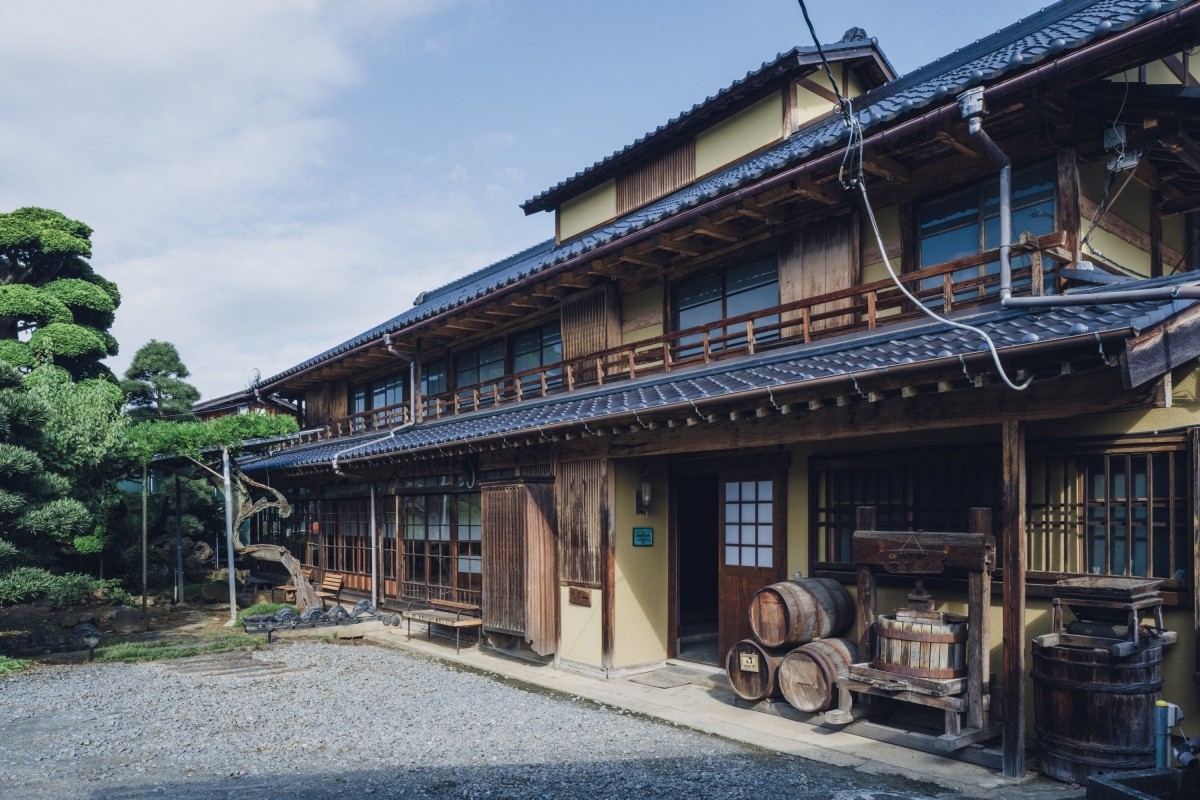
Founded in 1913, this long-established winery in Katsunuma changed its name from “Yamanashi Wine” to “Kurambon Wine” in 2014. The winery avoids using chemical fertilizers, pesticides, or herbicides in its own vineyards, focusing on bringing out the natural strength of the grapes—especially Koshu. Currently, winery tours are not available.
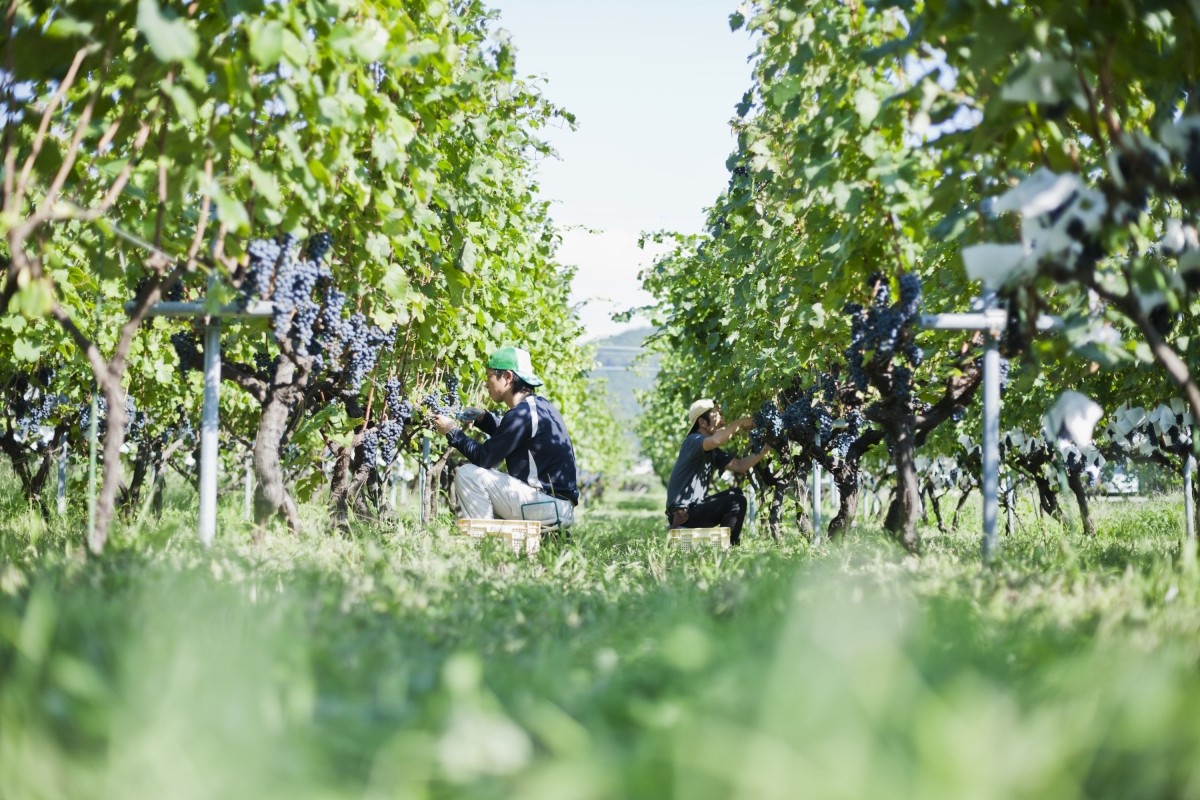
Main grape varieties: Koshu, Muscat Bailey A, Chardonnay, Viognier, Tannat
- Address: 835 Shimo-Iwasaki, Katsunuma-cho, Koshu City, Yamanashi Prefecture
- Access: 8 minutes by taxi from Katsunuma Budokyo Station; 5 minutes by car from Katsunuma IC
- Official website: https://kurambon.com/
Budo-no-Oka in Koshu City (Katsunuma, Koshu City)
Though not a winery itself, this facility features a wine cellar and wine servers where you can sample a variety of wines from Koshu City. It also includes a restaurant, hot spring, and accommodations.
- Address: 5093 Hishiyama, Katsunuma-cho, Koshu City, Yamanashi Prefecture
- Access: 5 minutes by taxi from Katsunuma Budokyo Station; 10 minutes by car from Katsunuma IC
- Official website: https://budounooka.com/
Nagano Prefecture
With a wide range of soils and a climate that features significant temperature differences between day and night, Nagano is Japan’s second-largest wine region after Yamanashi. It’s especially known for Niagara and Merlot. The region is divided into four wine valleys: Chikumagawa, Japan Alps, Kikyogahara, and Tenryugawa. Each area produces wines that showcase its unique terroir.
Rue de Vin (Tomi City / Chikumagawa Wine Valley)
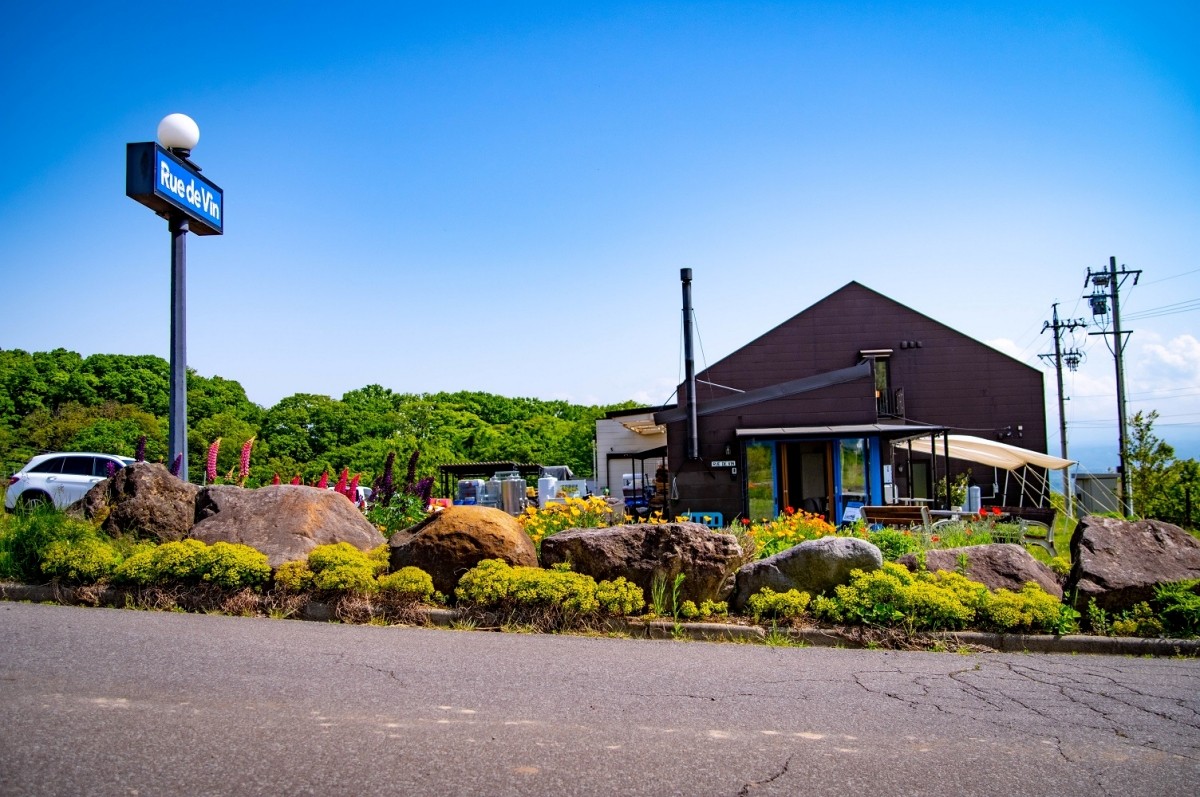
This winery began with the goal of revitalizing abandoned farmland by planting grapevines. Their mission is to draw out the natural power of the land to create expressive, character-filled wines. The winery features a café restaurant and weekend-only lodging, making it a popular destination for enjoying wine and food pairings.
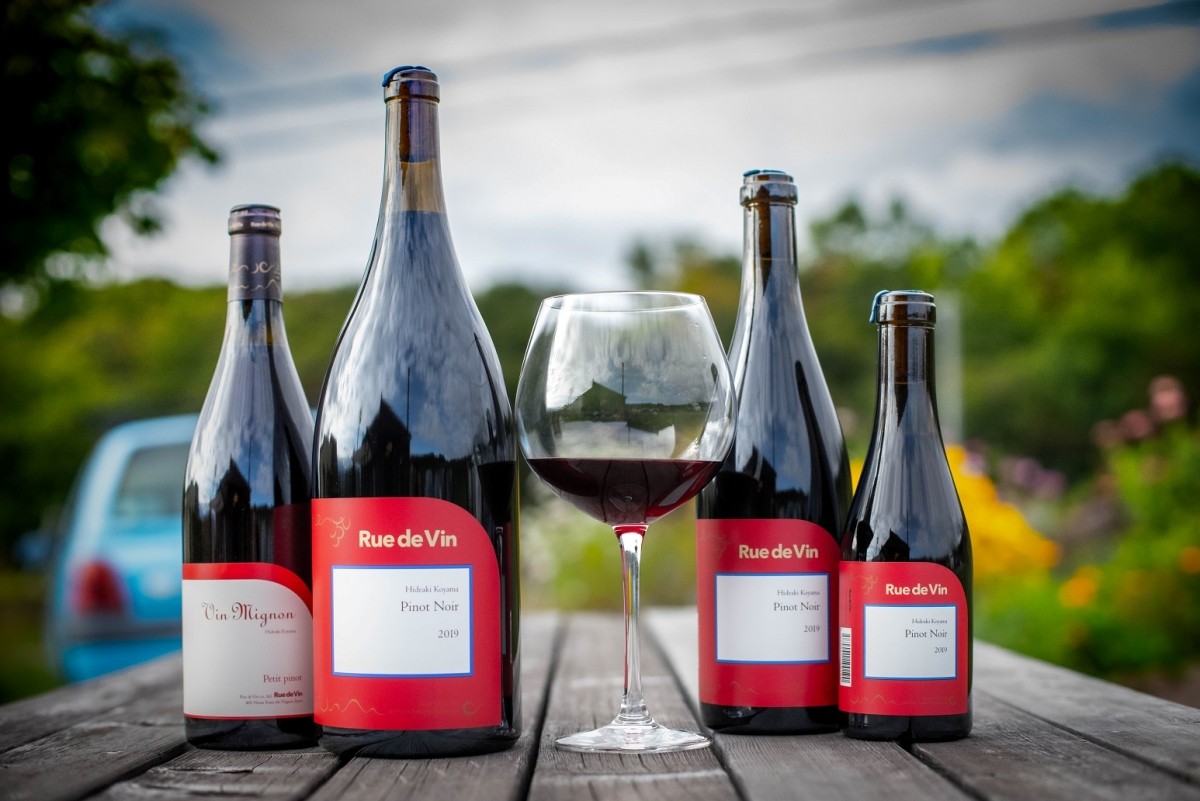
Main grape varieties: Chardonnay, Sauvignon Blanc, Pinot Noir, Merlot, Cabernet Sauvignon
- Address: 405 Netsu, Tomi City, Nagano Prefecture
- Access: 10 minutes by taxi from Tanaka Station; 5 minutes by car from Tobu Yunomaru IC
- Website: https://ruedevin.jp/
Villa d’Est Garden Farm and Winery (Tomi City / Chikumagawa Wine Valley)

Owned by essayist and painter Toyoo Tamamura, this winery was designed as a “countryside resort” where guests can enjoy wine made from grapes grown on the estate and dishes prepared with local ingredients—all while overlooking beautiful vineyards. Winery tours are also available, offering a relaxing experience in nature.
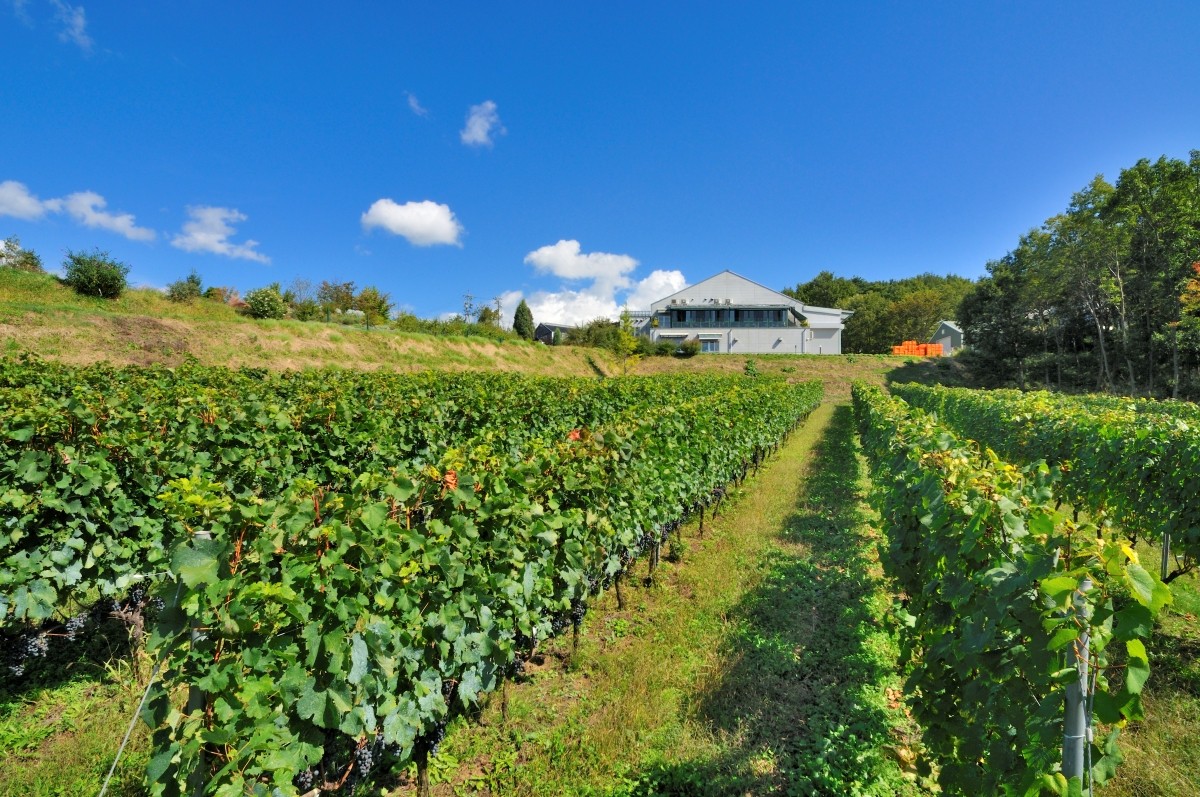
Main grape varieties: Chardonnay, Sauvignon Blanc, Gewürztraminer, Pinot Noir, Merlot
- Address: 6027 Wa, Tomi City, Nagano Prefecture
- Access: 10 minutes by taxi from either Tanaka or Oya Station; 10 minutes by car from Tobu Yunomaru IC
- Website: https://www.villadest.com/
Hokkaido
With its cool climate ideal for growing wine grapes, Hokkaido has been gaining attention as an up-and-coming wine region in recent years. A wide variety of wines are produced here, from European varieties like Pinot Noir and Chardonnay to Niagara and more.
Domaine Takahiko (Yoichi Town, Yoichi District)
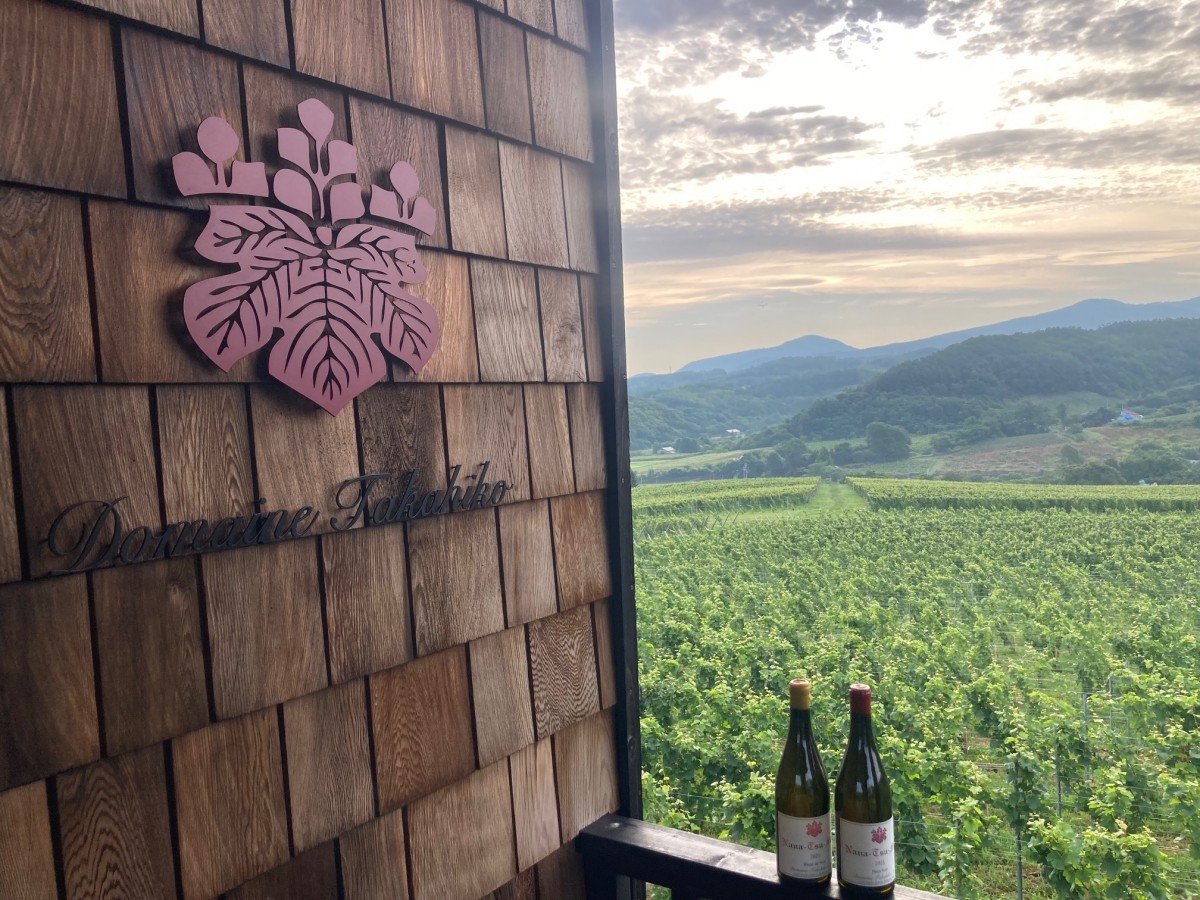
This winery is known for producing what is said to be the rarest and most difficult-to-find wine in Japan. Although vineyard and winery tours are not available, you can enjoy a panoramic view of the Nanatsumori vineyard from the “Nanatsumori” observation terrace. Don’t miss the chance to take a commemorative photo with the winery’s symbolic logo in the background.
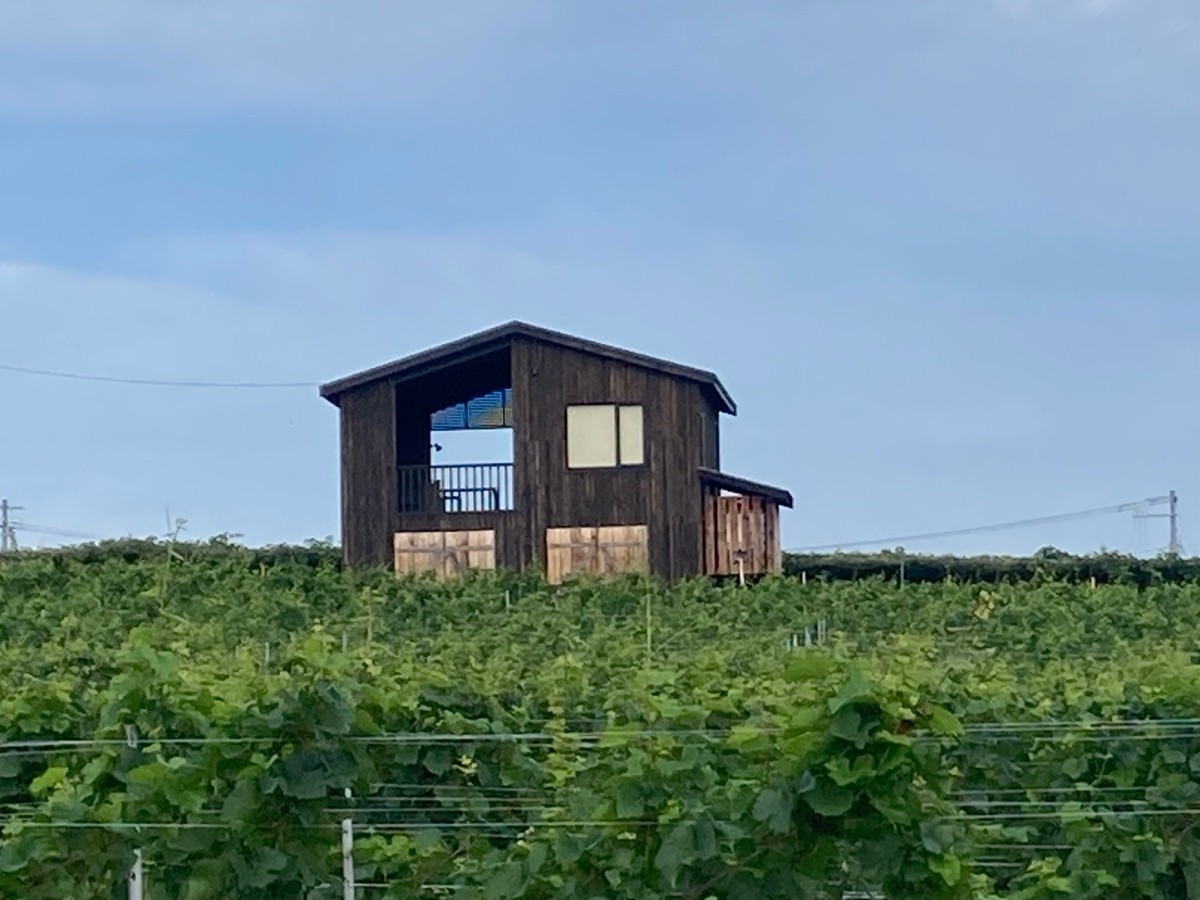
- Main grape varieties: Pinot Noir, Zweigelt
- Address: 1383 Noboricho, Yoichi-cho, Yoichi-gun, Hokkaido (Near the entrance to Nakai Tourist Orchard) *“Nanatsumori” Observation Terrace
- Access: 8 min by taxi from Yoichi Station, 3 min by car from Yoichi IC on the Shiribeshi Expressway
- Website: https://www.takahiko.co.jp/
Niigata Prefecture
While Niigata is often associated with sake, in recent years it has gained attention as a wine region under the name “Niigata Wine Coast.” The area, located at the foot of Mount Kakuda, is home to vast vineyards and uniquely individualistic wineries.
Niigata Wine Coast (Nishikan Ward, Niigata City)
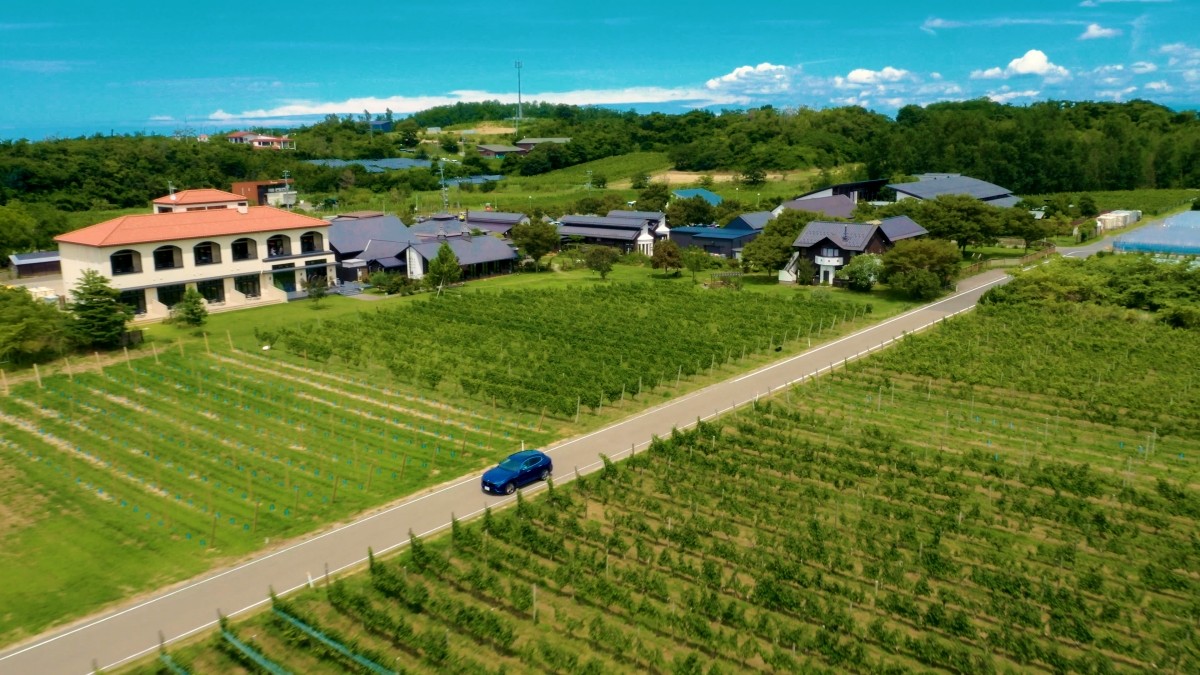
About 30 minutes by car from downtown Niigata, this coastal wine area faces the Sea of Japan. There are five distinctive wineries located within walking distance: “Cave d'Occi Winery,” “Fermier,” “Hakko Chaud,” “Cantina Zio Setto,” and “Le Cinq Winery.” Each takes a unique approach to winemaking based on its own philosophy and character. Both Cave d'Occi and Fermier have their own restaurants, and Cave d'Occi also features two accommodation facilities. The area is gaining popularity as a “destination winery resort.”
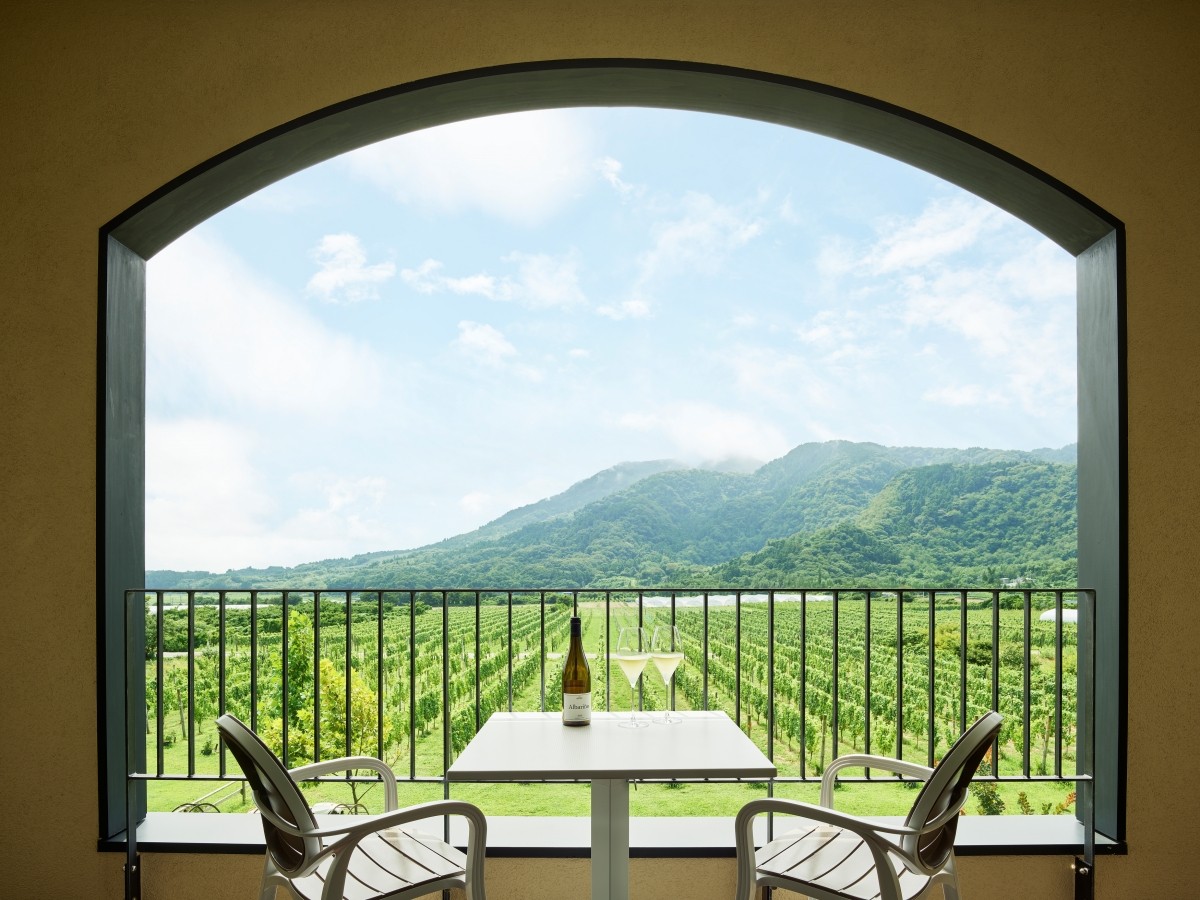
- Access: 15 min by taxi from Uchino Station, 25 min by car from Makigatahigashi IC
Official website:
- Cave d'Occi Winer: https://www.docci.com/
- Fermier: https://fermier.jp/
- Hakko Chaud: https://domainechaud.net/
- Cantina Zio Setto: http://ziosetto.com/
- Le Cinq Winery: https://lecinqwinery.com/
【Yahoo! Travel】Book WineryRetreat Vinespa by Cave d'Occi
【Jalan】Book WineryRetreat Vinespa by Cave d'Occi
【Yahoo! Travel】Book WineryStay Travigne by Cave d'Occi
【Ikkyu】Book WineryStay Travigne by Cave d'Occi
Discover, Taste, Visit—Enjoy Japanese Wine
Getting into Japanese wine is a new way to explore Japan’s climate and culture. You can start by trying a bottle near you, or even better, visit a winery as your next travel destination. Through discovering, tasting, and visiting, you're sure to find new surprises and inspiration.
【Yahoo! Shopping】Purchase Japanese wine 🍇
Supervised by / Taka KOKUBO
Born in Funabashi City, Chiba Prefecture. Certified sommelier by the Japan Sommelier Association and CPA-certified cheese professional. His bestselling book “Wine for Beginners: Illustrated Guide” (Sanctuary Publishing), which personifies grape varieties as characters to make wine easy and fun for beginners, has sold over 160,000 copies. He is also involved in winemaking at his local "FUNABASHI COQ WINERY."
- Official website: https://fcw.theshop.jp/
📖 Purchase the book "Wine for Beginners: Illustrated Guide" (via Seven Net Shopping)
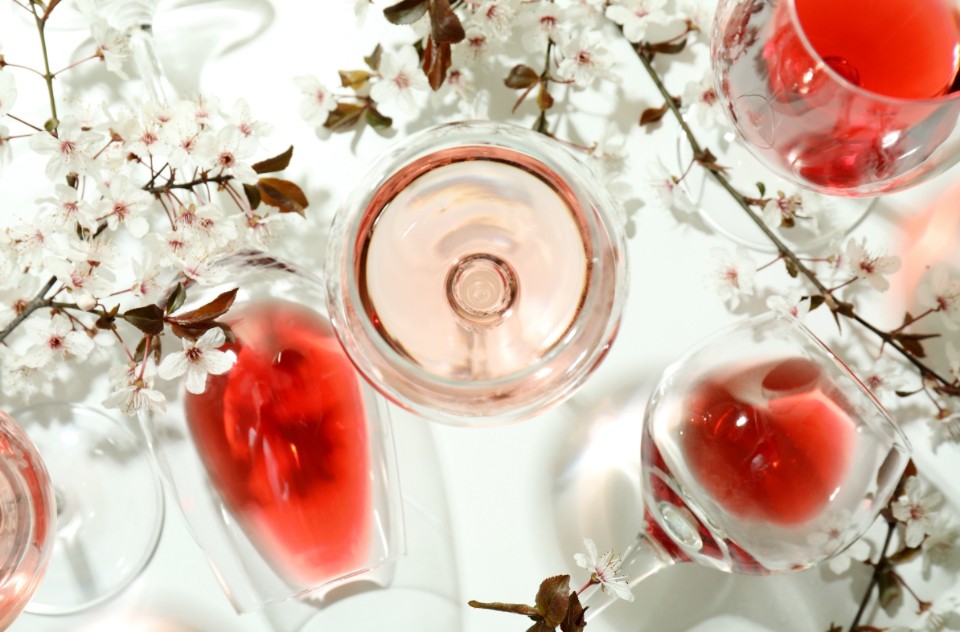
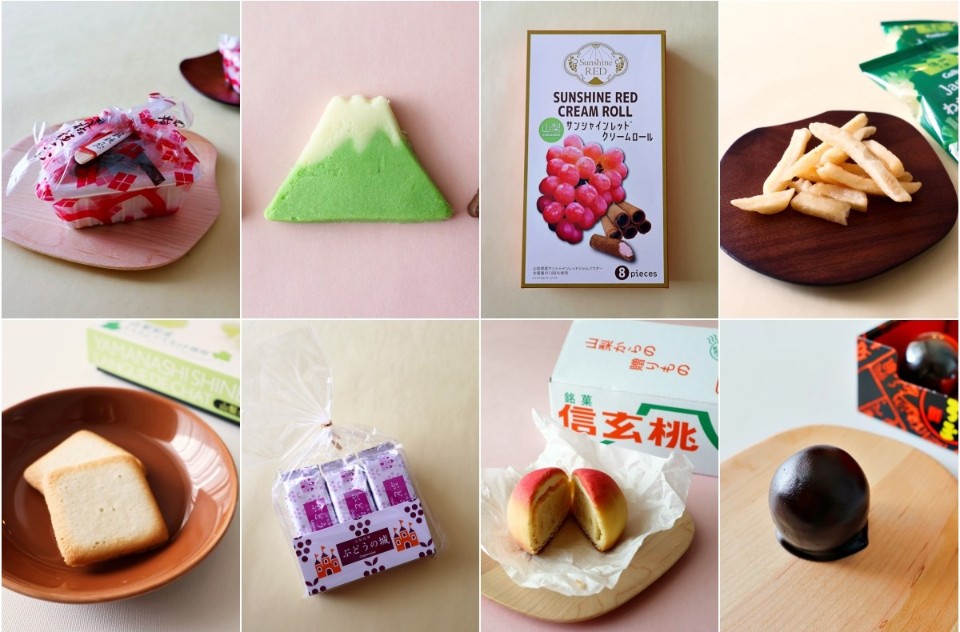
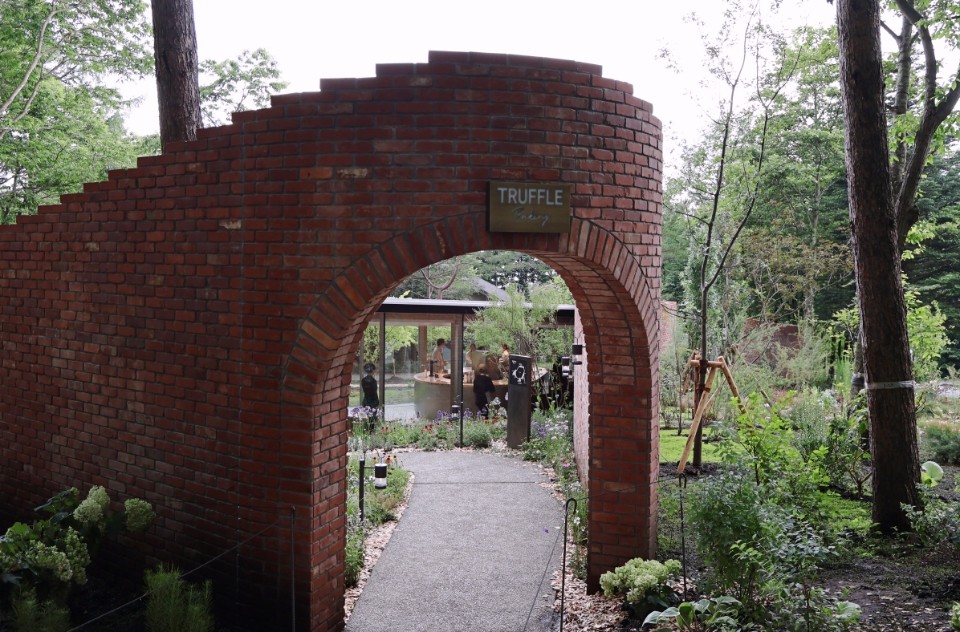
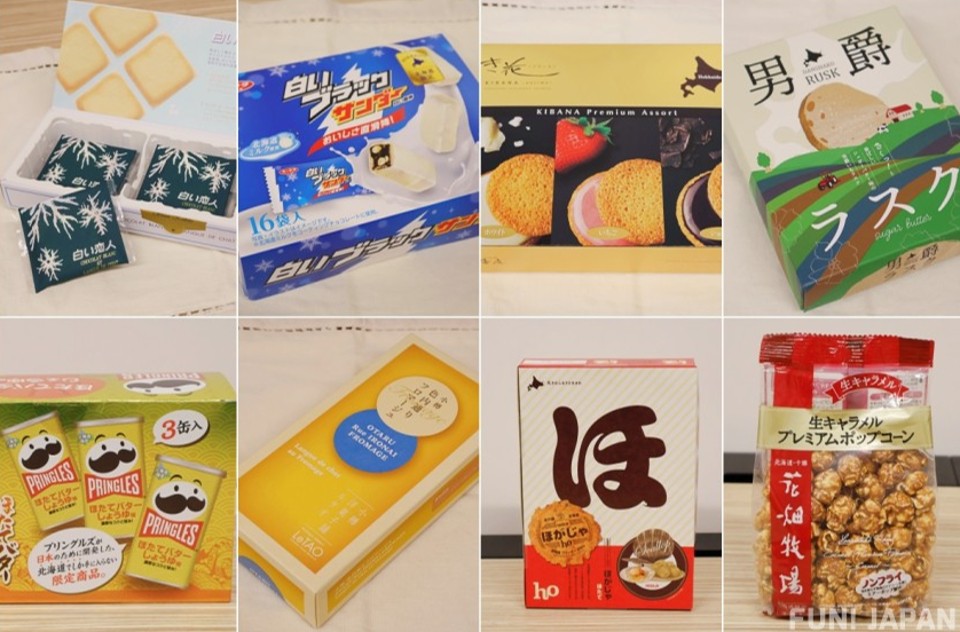
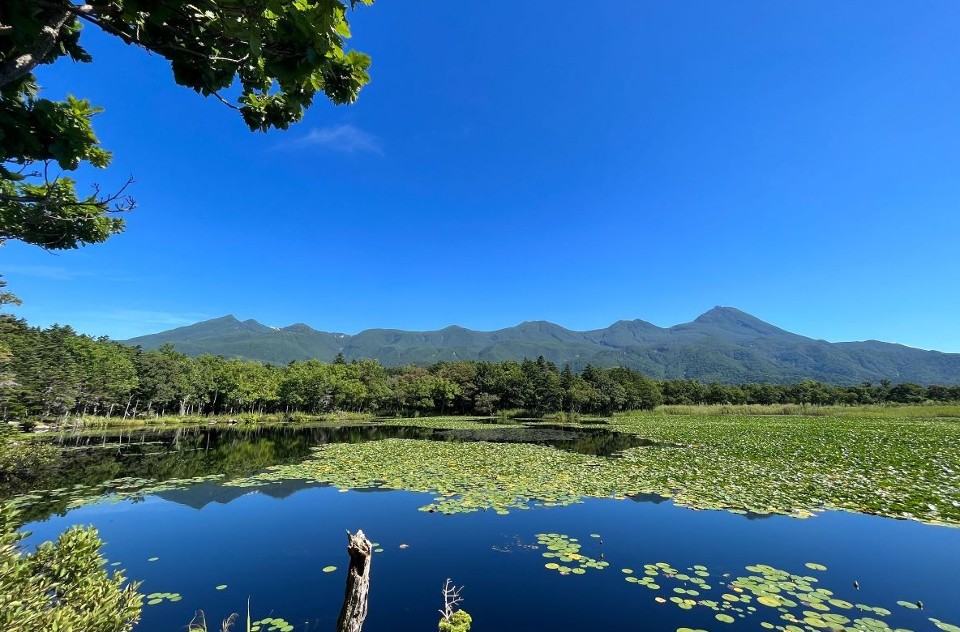
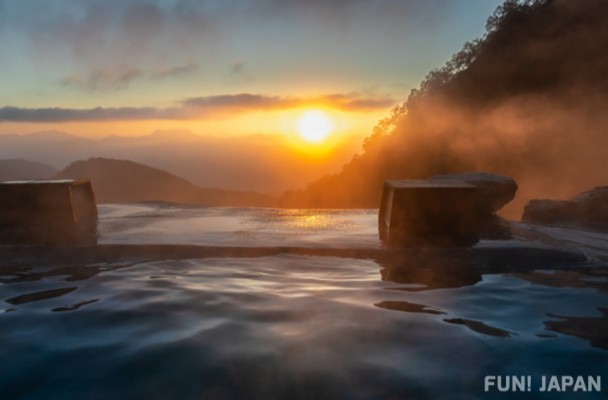
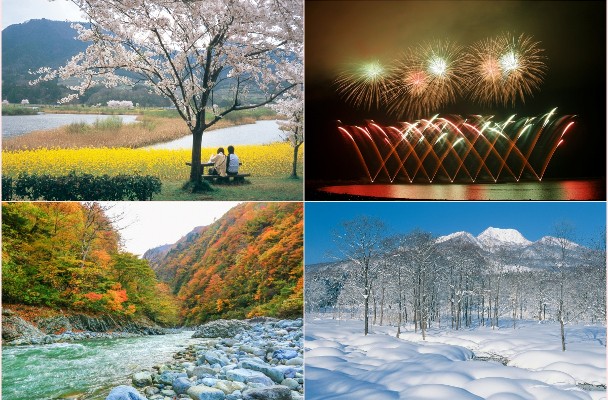
Comments